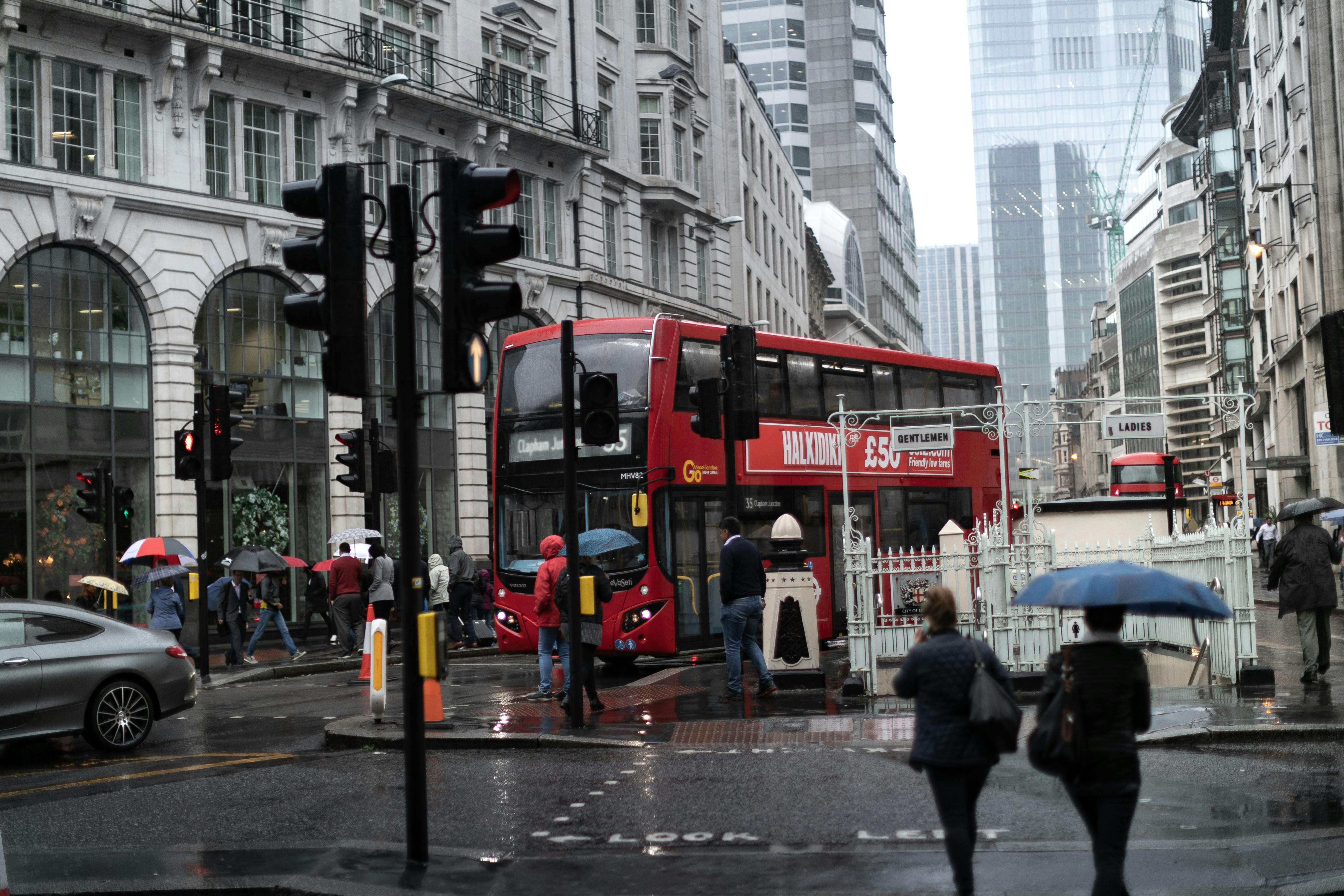We’ve all been there – stuck in traffic behind a swarm of delivery vans, or getting home only to find a missed delivery note. It’s frustrating, isn’t it? With London’s streets more congested than ever and pollution levels a constant worry, the pressure is mounting for the city to find smarter ways to keep things moving. Enter a bold new idaea: what if your parcel arrived as smoothly as your favourite bus route, on those rare days when everything runs perfectly?
In recent years, the rapid growth of e-commerce has led to an explosion in delivery demand, often putting extra strain on our already bustling streets. But what if we could ease the load, integrate delivery services with public transport, and make the city not only faster but greener?
A Fresh Approach to Mobility
Greater London’s vast and intricate public transportation network – from its iconic double-decker buses to the Underground – could offer a solution to streamline deliveries. The idaea is simple: combine the efficiency of the public transport system with the ever-growing need for parcel deliveries. By utilising existing infrastructure, this approach not only reduces congestion but also enhances the reliability of both public transport and delivery services.
London is at the forefront of these changes, with trials already being explored that involve using buses, trams, and even the Underground for package deliveries during off-peak hours. By tapping into these underutilised hours, the city could transform its public transport into a 24/7 delivery system without compromising passenger experience.
Environmental and Economic Wins
The potential environmental benefits are significant. Fewer delivery vans on the road mean lower CO2 emissions and cleaner air – a much-needed breath of fresh air for a city like London, where air quality is a constant concern. Additionally, by streamlining delivery routes and reducing traffic, local businesses can expect faster, more efficient delivery times, which could mean better customer satisfaction and lower operational costs.
This integration also offers a unique opportunity for job creation. New roles could emerge within the public transport sector dedicated to coordinating and managing these combined services. It’s a win-win for Londoners – fewer traffic jams, more jobs, and a greener city.
Challenges on the Road Ahead
Of course, the idaea of sharing our transport with parcels might not sit well with everyone. We’ve all dealt with packed buses and delayed trains, so the thought of adding deliveries to the mix could feel like yet another strain. London’s public transport is already a lifeline for millions of commuters daily, so ensuring that this integration doesn’t interfere with passenger comfort or service reliability is key.
Furthermore, what happens if there’s a signal failure or the service is already stretched during rush hour? Will deliveries be delayed just like commuters? Logistics will need to be carefully managed, and public perception plays a crucial role in determining the success of such a scheme.
The Future of Urban Living
As we look to the future, this idaea isn’t just about packages; it’s about rethinking how London moves. In a city as dynamic as ours, it might just be the leap we need to keep the capital moving smoothly. Could this be the next big shift in how cities operate? In a place like Greater London, where innovation meets necessity, anything is possible.









